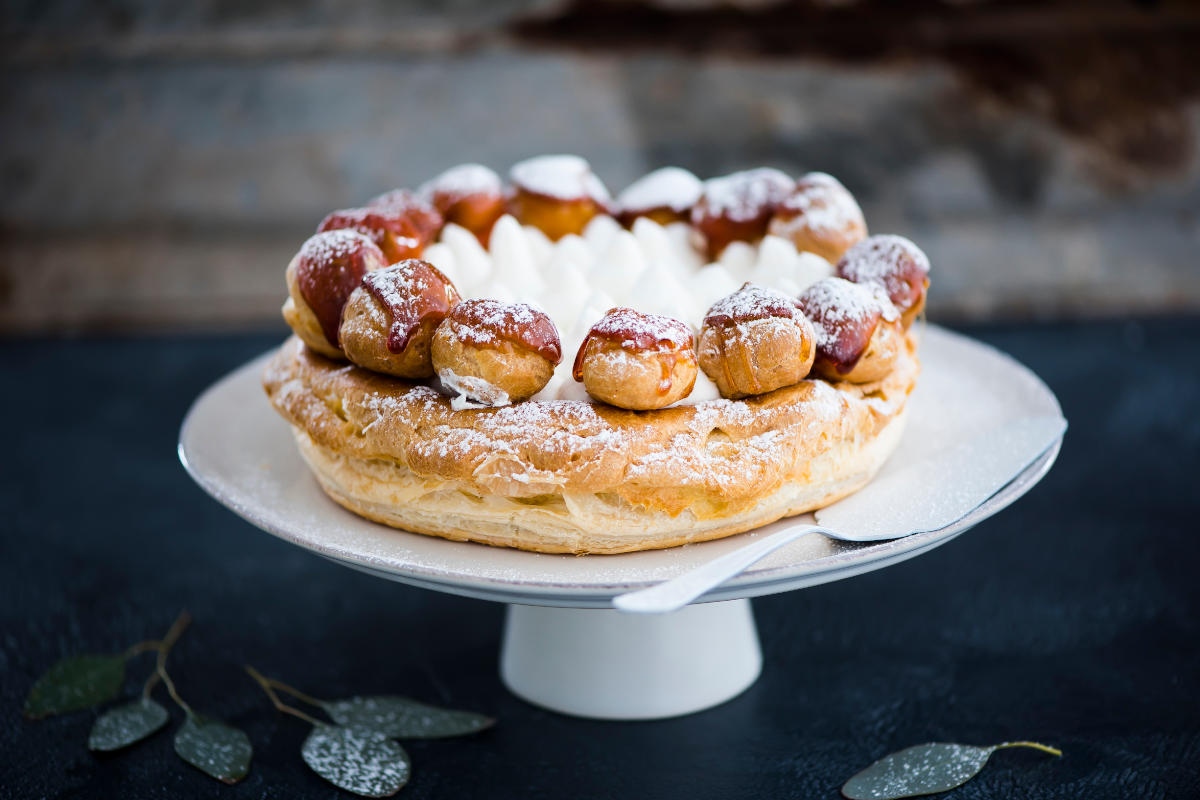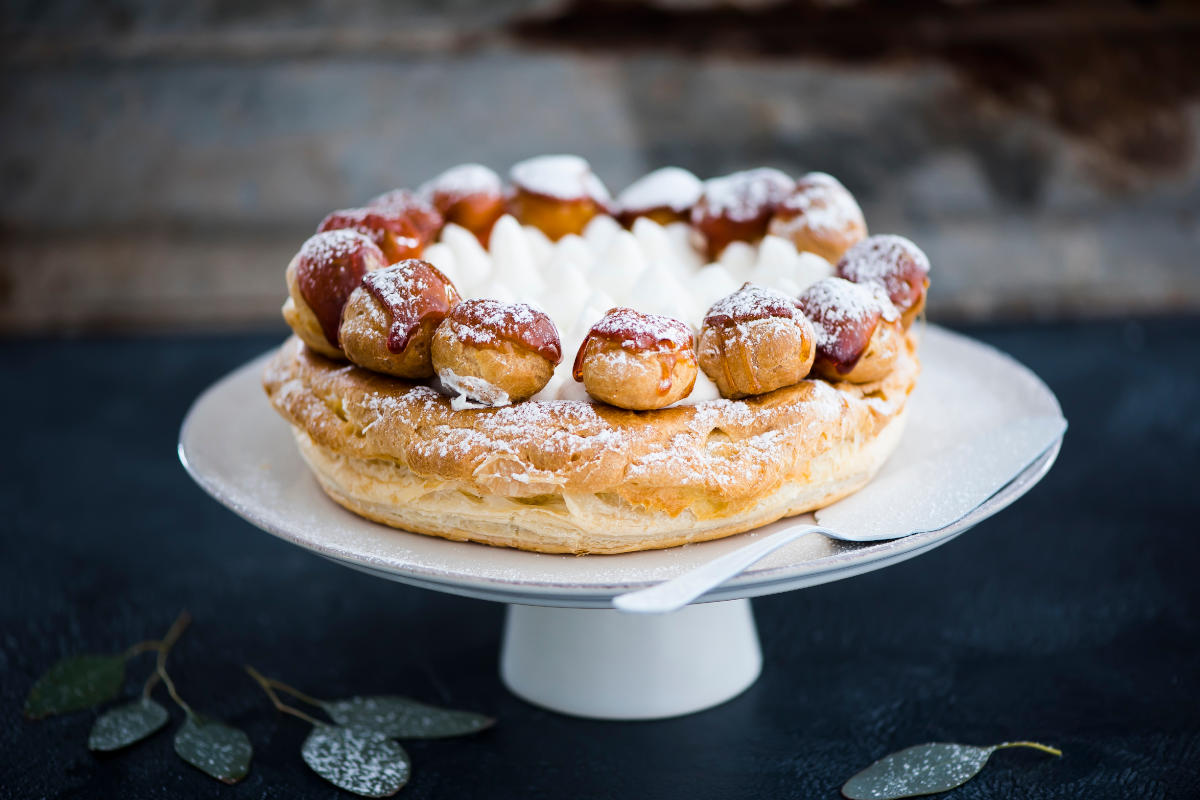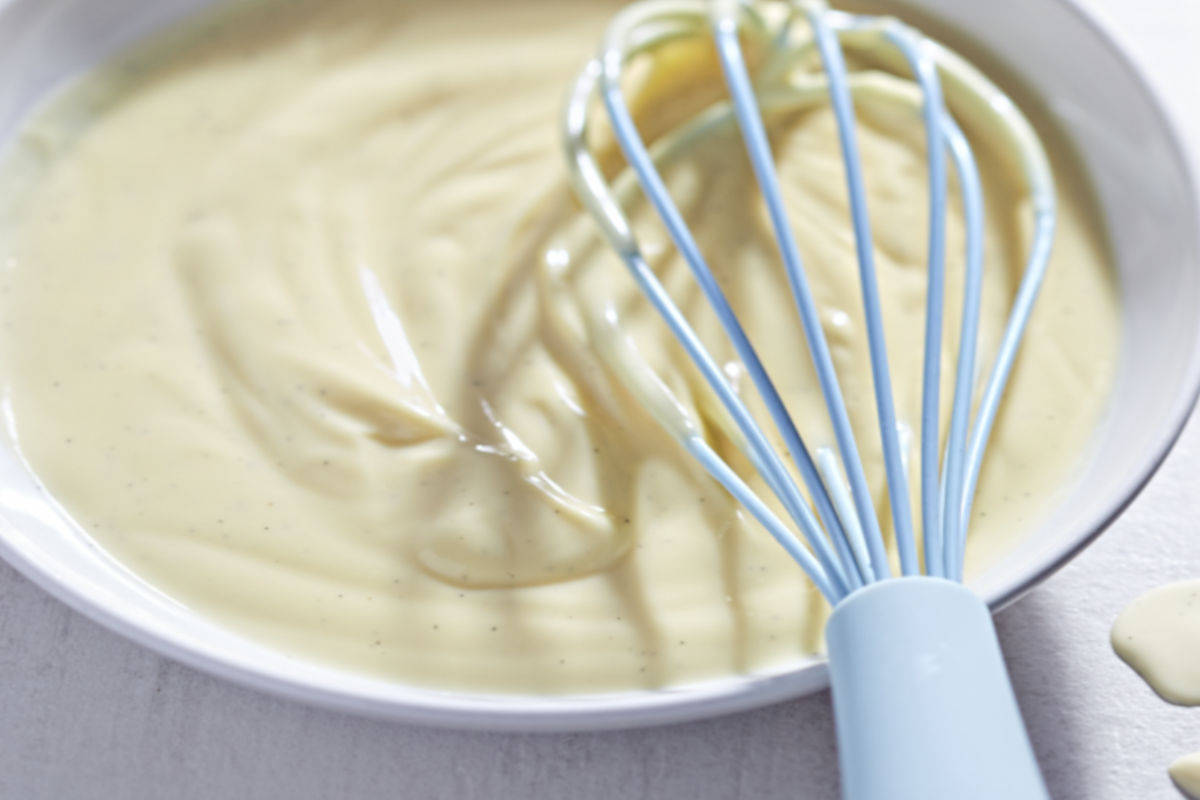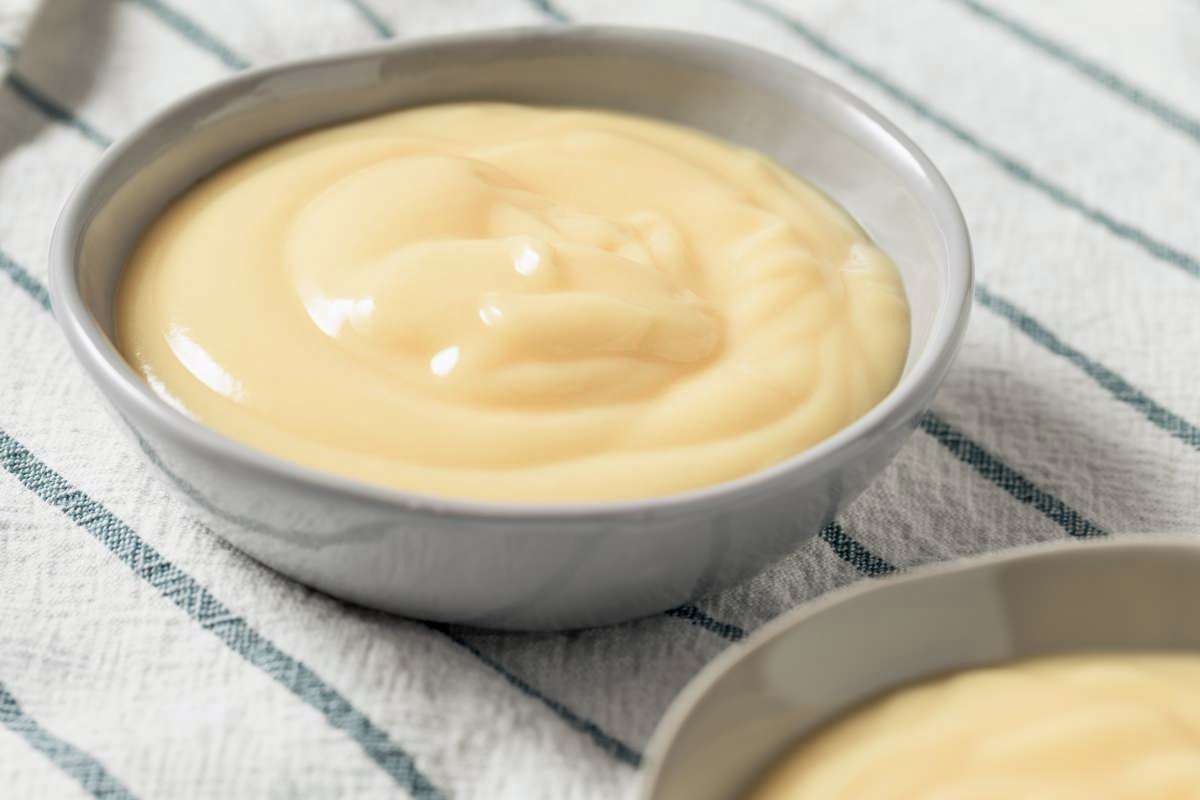Recipes
Chiboust cream


Chiboust cream is one of the bases of pastry making: used to fill cakes, it is also excellent on its own, perhaps with some wafers or crunchy pastry.
Chiboust cream is a classic pastry preparation: it is used to fill cakes, for example, and it is it that we find inside a Saint Honoré cake. Making it is not easy , but we believe even the less experienced can prepare it, with the right precautions. The biggest risk is that lumps form in the custard. If this happens, you can try to pass it through a food mill by choosing the accessory with the narrowest holes or sieve it or blend it with an immersion blender.
This preparation of French origin (the pastry chef Chiboust invented it) is nothing more than the union of Italian-style custard and meringue . Perhaps it is unknown to the less experienced – or non-experts – but once you experience its unique consistency , you will no longer be able to give it up! You can use it to fill a cake like Saint Honoré or enrich it with fruit for a dessert . Ready? Let's get started!

Preparation of the chiboust cream
- We start with the preparation of the custard – because it will have to cool. Pour the egg yolks into a bowl together with 100 g of sugar . Work them with a spoon until you have a smooth and frothy mixture. Add the cornstarch and mix to avoid lumps.
- In a saucepan, combine the milk , cream and vanilla bean cut in half lengthwise. Heat them until almost boiling.
- When it is hot, pour it over the egg mixture, mixing with a whisk. Pour everything into the saucepan and put it back on the heat , stirring vigorously with a hand whisk.
- When the cream is thick, turn off the heat and pour it into a bowl, then cover it with cling film and leave it to cool in the fridge.
- Now you have to prepare the Italian meringue . Place the egg whites in the bowl of a stand mixer fitted with a wire whisk (or use a large bowl and electric whisk).
- Pour the remaining sugar and water into a saucepan and prepare the syrup . When the sugar begins to melt, stir occasionally and bring it to 121°C . For this step you will need a kitchen thermometer.
- Start whipping the egg whites and, as soon as they begin to take consistency, slowly pour in the syrup. Whip for at least 5 minutes or until cool.
- Take the custard from the fridge and fold it into the egg whites circular movements from bottom to top so as not to dismantle the mixture. And now your chiboust cream is ready.
To make the cream firmer and more stable you can add 8-12 grams of gelatine sheets soaked in water to the custard, while it is still hot. This is completely useless however in the case of spoon desserts where the chiboust is put directly into the glasses with the fruit.
Chiboust cream is usually used in Saint Honoré and Paris-Brest, two elegant and delicious French desserts (but whose preparation requires time and a minimum of manual skills).
In this video you can see all the steps to make it and the final consistency. The addition of gelatin is completely optional and only serves to make the cream firmer.
Conservation
We recommend not storing the cream for more than 1-2 days . Place it in the fridge in a special container with an airtight lid.
Origin and history
We are in Paris in the early nineteenth century. On Rue Saint Honoré , near a small church dedicated to the saint of the same name, there is a pastry shop. The owner is chef Chiboust from whose expert hands first the cream and then the Saint Honoré cake are born.
Also called Saint Honoré cream precisely because its main use is in the refined and spectacular dessert based on choux pastry, it is a revisitation of the diplomatic cream. Combining it with meringue allows you to obtain an even sweeter and more velvety cream which tends to transform into a sort of mousse as it cools.
Riproduzione riservata © - WT












